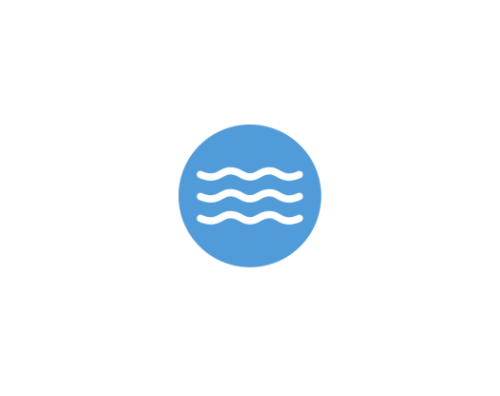SPONSOR:
National Institute for Water Resources, Water Resources Research Institute Program
PROJECT PERIOD:
03/01/2014-02/28/2015
ABSTRACT:
Coastal water quality is an integral part of the Hawaiian landscape and economy, affecting both coral ecosystem health and visitor satisfaction. Hawaii's coastal water supports an abundance of marine life while drawing visitors from around the world. However, it is threatened by changing land use practices and increased land-based pollutants such as nutrients and other contaminants. In particular, the land use of West Maui Watershed is in transition from agricultural to suburban. Many hectares of former sugarcane and pineapple land are currently fallow, and previous management practices for irrigation and erosion control have been abandoned. An additional 7,000 homes scheduled to be built in the watershed within the next 15 years will further burden scarce freshwater supplies and impact the environment.
Managers in West Maui recognize the need to balance development and conservation goals. Past and future development tax scarce water resources and threaten the freshwater quality, affecting important ecological functions that in turn benefit local communities. To preserve biodiversity and water-related ecosystem services such as groundwater recharge, the West Maui Mountain Watershed Alliance preserves and manages the upper forests. To mitigate the loss of fisheries, recreation, coastal protection, and biodiversity (i.e., ecosystem goods and services from coastal systems), NOAA prioritized the coral ecosystem at the base of the Wahikuli and Honokowai Watersheds and is funding an initiative that actively seeks ridge-to- reef solutions to control land-based sources of pollution affecting the reef. The objective is to study the significant hydrological links between the reef and land-based activities-namely groundwater recharge, surface water flow, sediment loads, and nutrient loads.
Despite ongoing management actions, there is a critical need to evaluate the potential trade- offs posed by alternative resource management strategies across a broad suite of ecosystem threats, resource uses, and stakeholder groups. Because of their critical importance in this watershed, and because they are the links between land management and reef health, our initial focus is estimating land-based source pollutants (i.e., sediments and nutrients) and including these results in a decision support tool. This decision-support tool needs to be designed to reveal biophysical impacts (i.e., erosion, runoff, and infiltration) that result from specific land management actions (e.g., land use, adoption of best management practices, and restoration).
In addition, the economic data that links the hydrologic models to the economic value of the service is unavailable for many of the hydrologic ecosystem services in Hawaii, including water quality. Nearly eight million visitors stayed in Hawaii in 2012, for a combined 74 million visitor-days (HTA 2012). Out-of-state Americans spend on average $167 a day, and Japanese on average $310 a day (State of Hawaii 2011). Across the state, an astounding 302 closures occurred in 2009 (EPA 2010). If visitors decided not to visit Hawaii as a result of frequent coastal water contamination events, the economic impact would be negative for the state economy where tourism comprised 29% ($15 billion) of the economic output in 2012 (State of Hawaii 2011). A 2011 study found that more than 80% of American visitors participate in beach- related recreational activities, more than 25% surf, over 50% snorkel and dive, and 5% jet-ski and/or windsurf (HTA 2011), yet did not indicate the effect of water quality on participation in these activities.
PRINCIPAL INVESTIGATOR
KIRSTEN OLESONAssociate Ecological Economist, WRRC; Associate Professor, University of Hawaii Natural Resources and Environmental Management (NREM)
E-mail: koleson@hawaii.edu

